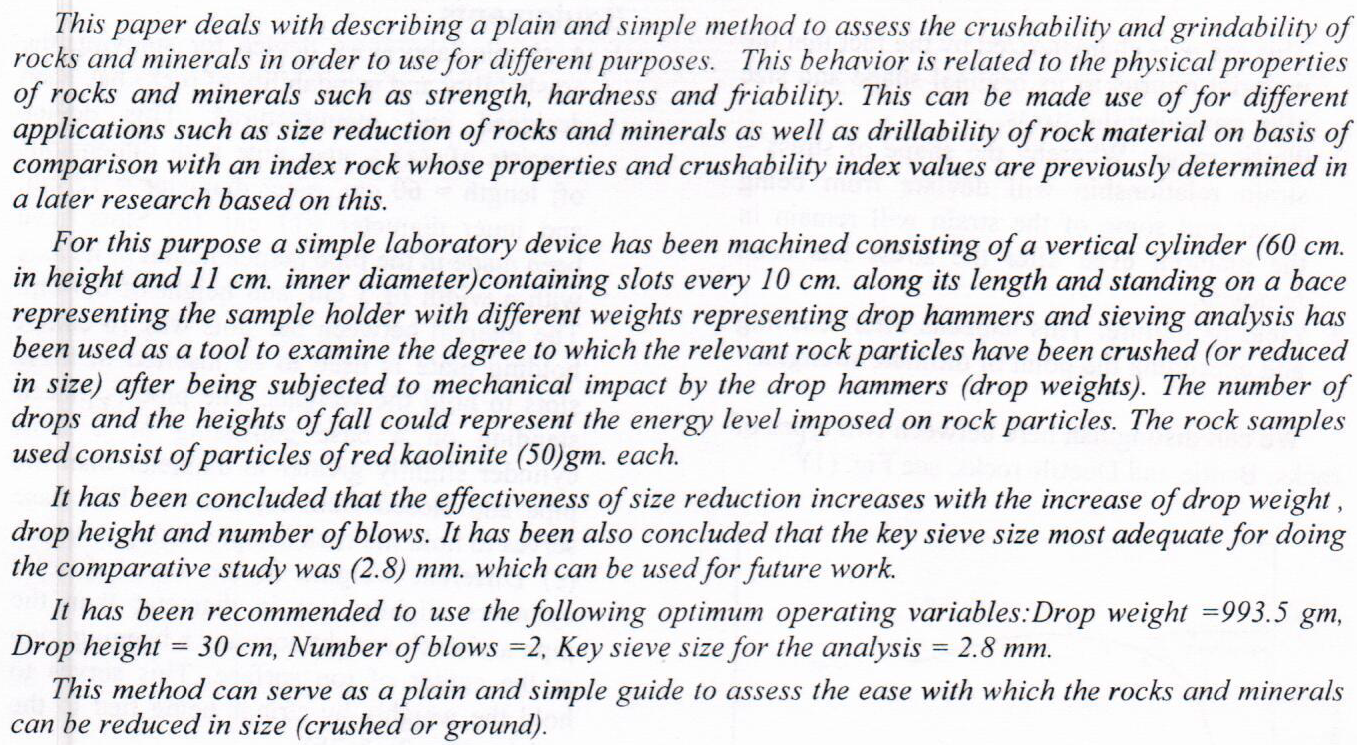
 (10)
(10)
The aim of this paper is to propose a reliable iterative method for resolving many types of Volterra - Fredholm Integro - Differential Equations of the second kind with initial conditions. The series solutions of the problems under consideration are obtained by means of the iterative method. Four various problems are resolved with high accuracy to make evident the enforcement of the iterative method on such type of integro differential equations. Results were compared with the exact solution which exhibits that this technique was compatible with the right solutions, simple, effective and easy for solving such problems. To evaluate the results in an iterative process the MATLAB is used as a math program for the calculations.
هناك دائما حاجة إلى طريقة فعالة لتوليد حل عددي أكثر دقة للمعادلات التكاملية ذات النواة المفردة أو المفردة الضعيفة لأن الطرق العددية لها محدودة. في هذه الدراسة ، تم حل المعادلات التكاملية ذات النواة المفردة أو المفردة الضعيفة باستخدام طريقة متعددة حدود برنولي. الهدف الرئيسي من هذه الدراسة هو ايجاد حل تقريبي لمثل هذه المشاكل في شكل متعددة الحدود في سلسلة من الخطوات المباشرة. أيضا ، تم افتراض أن مقام النواة
... Show More (14)
(14)
In the present research, a crane frame has been investigated by using finite element method. The damage is simulated by reducing the stiffness of assumed elements with ratios (10% and 20 %) in mid- span of the vertical column in crane frame. The cracked beam with a one-edge and non-propagating crack has been used. Six cases of damage are modeled for crane frame and by introducing cracked elements at different locations with ratio of depth of crack to the height of the beam (a/h) 0.1, 0.20. A FEM program coded in Matlab 6.5 was used to model the numerical simulation of the damage scenarios. The results showed a decreasing in the five natural frequencies from undamaged beam which means
... Show MoreDecision making is vital and important activity in field operations research ,engineering ,administration science and economic science with any industrial or service company or organization because the core of management process as well as improve him performance . The research includes decision making process when the objective function is fraction function and solve models fraction programming by using some fraction programming methods and using goal programming method aid programming ( win QSB )and the results explain the effect use the goal programming method in decision making process when the objective function is
fraction .
 (1)
(1)
In this paper, a method based on modified adomian decomposition method for solving Seventh order integro-differential equations (MADM). The distinctive feature of the method is that it can be used to find the analytic solution without transformation of boundary value problems. To test the efficiency of the method presented two examples are solved by proposed method.
in this paper the collocation method will be solve ordinary differential equations of retarted arguments also some examples are presented in order to illustrate this approach
Abstract
The use of electronic valves is commonly available. yet, the most
common is the techniques of communications as prod casting transmitter that
are used by these valves in addition to their use in communication tools as far
distance telephone, electronic measuring techniques , and others.
In this study, an attempt is endeavored for improving the efficiency of the
vacuum micro- valves(GI-19b) through activating their internal surfaces by the
use of ionic pumping which is used for treating valves which are out of order
(because of sedimentation some materials and oxide on its poles). The
existence of these materials and oxide increase the sum of current leakage
moving in between. The use of ionic pumpin
Abstract
The use of modern scientific methods and techniques, is considered important topics to solve many of the problems which face some sector, including industrial, service and health. The researcher always intends to use modern methods characterized by accuracy, clarity and speed to reach the optimal solution and be easy at the same time in terms of understanding and application.
the research presented this comparison between the two methods of solution for linear fractional programming models which are linear transformation for Charnas & Cooper , and denominator function restriction method through applied on the oil heaters and gas cookers plant , where the show after reac
... Show More